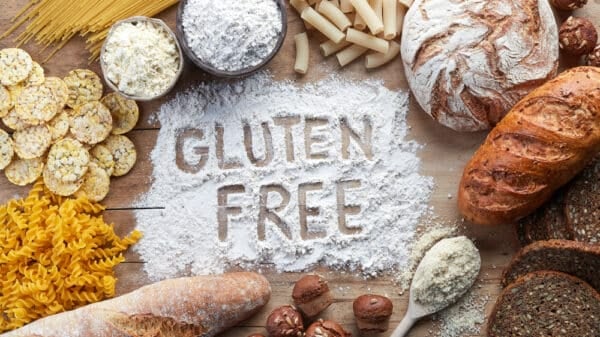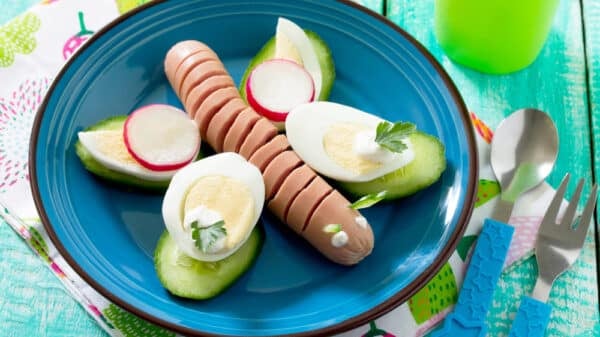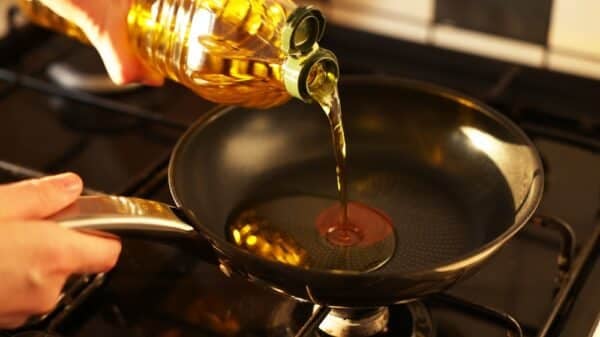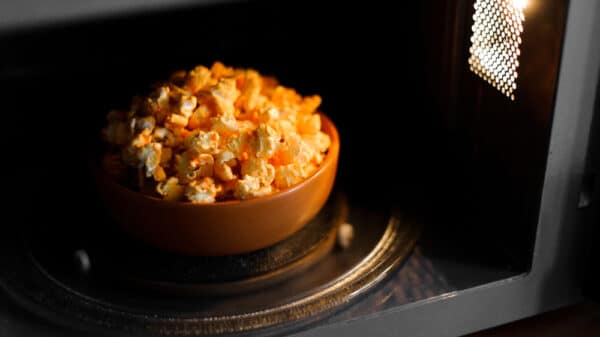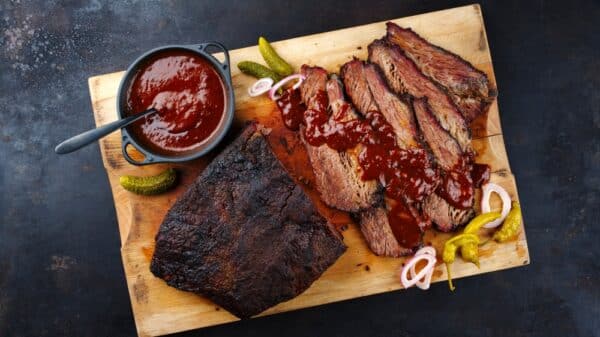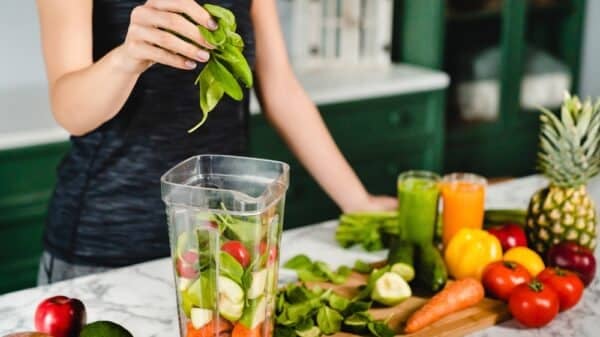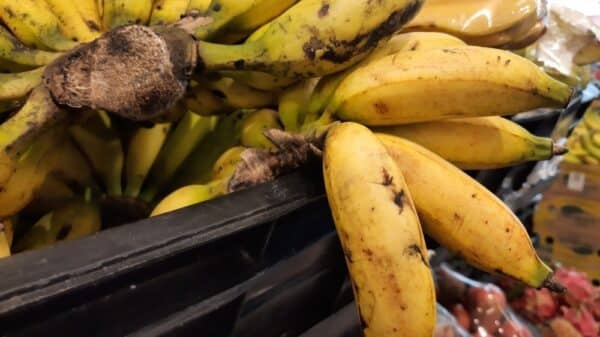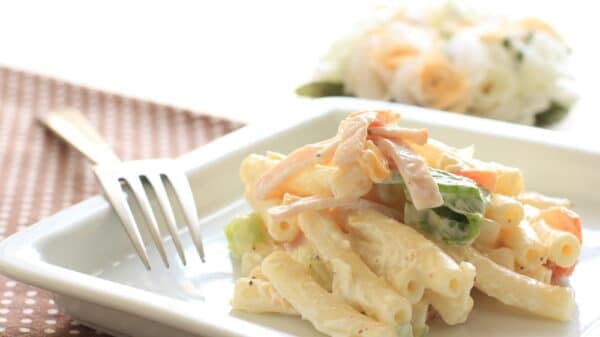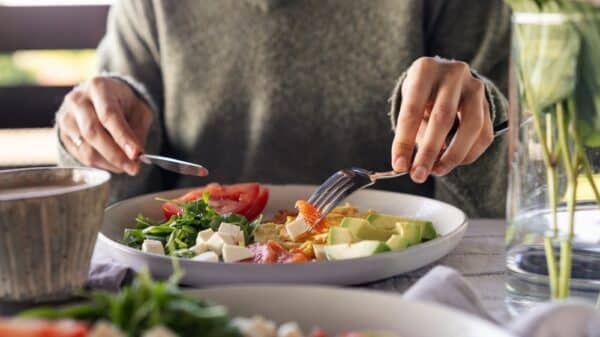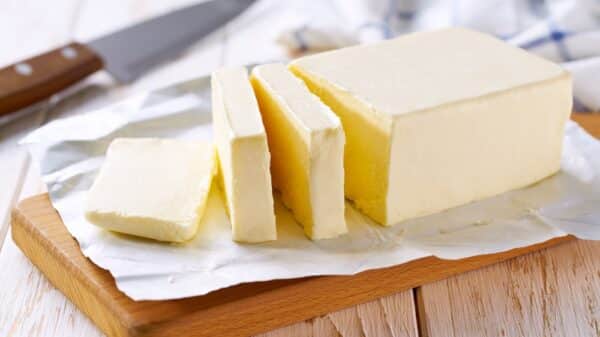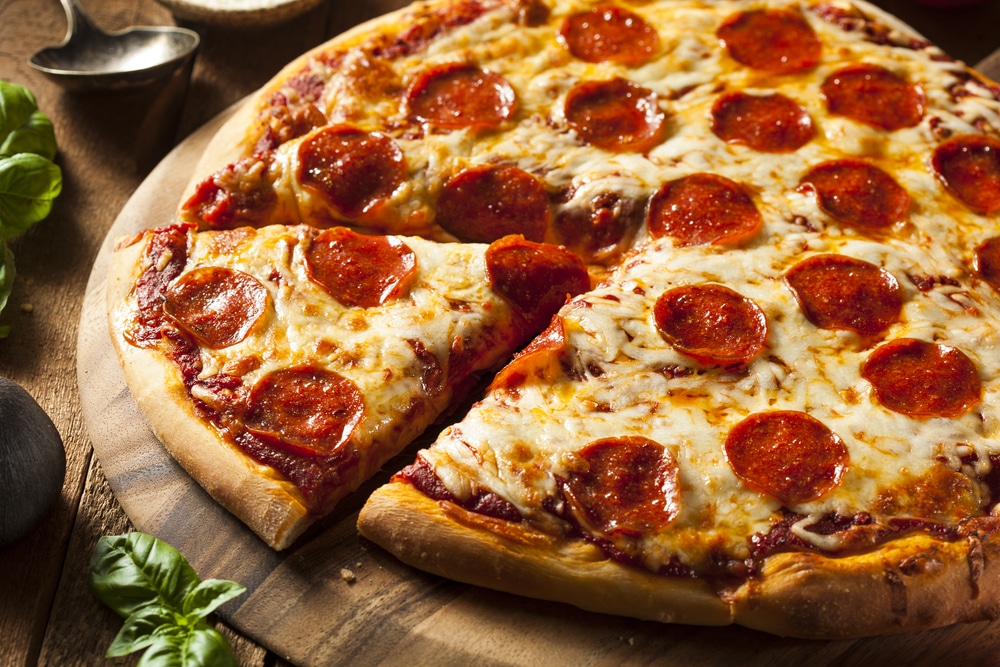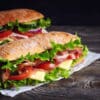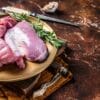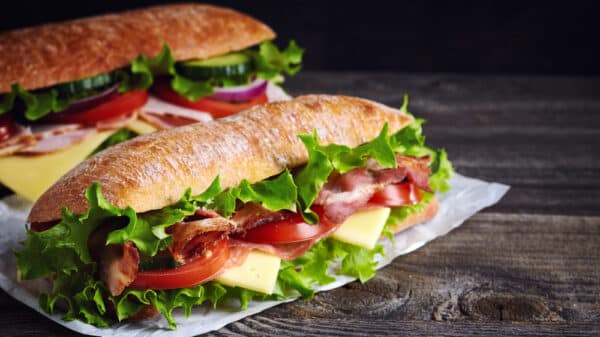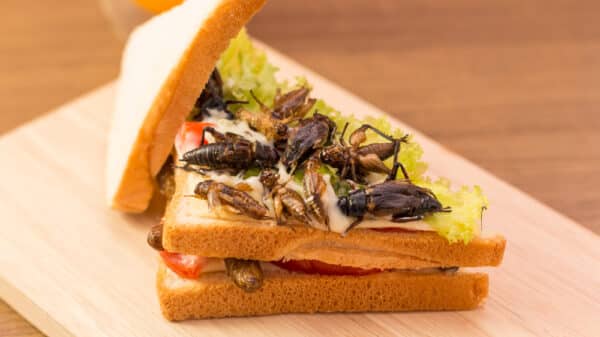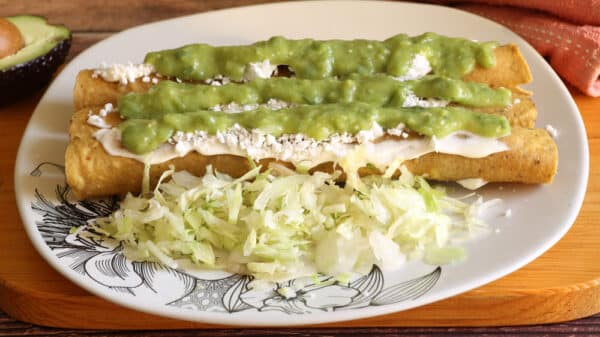Crust often gets overshadowed by the showy toppings and vibrant sauces when we think about pizza. But if you’ve ever had the misfortune of biting into a homemade pie with a hard, gummy texture, you know firsthand how crucial that crust is. It should ideally dance between crunchy and soft—a delicious balance that enhances each slice. So what goes wrong? To unravel this mystery, we turned to Nicole Bean, the devoted owner of Pizaro’s Pizza Napoletana, a popular family-run eatery in Houston, Texas. With years of pizza-making experience under her belt, Nicole shares the most common pitfalls that can lead to an unappetizing, rock-hard crust.
One of the biggest offenders? Overworking the dough. We all want our homemade pizza dreams to come to life, but if you knead the dough too much, you’ll end up with a tough texture instead of the desired airy goodness. Karen states, “The key with pizza dough is patience. You need to give the yeast time to work its magic, and your kneading technique is essential, too.” Over-kneading increases gluten development—a protein that lends chewiness to the dough. So what’s the sweet spot? Nicole recommends hand-kneading your dough for no longer than about 10 minutes. Even better, let it rest for 20 minutes before you dive back in for a quick three-minute knead. This approach gives the gluten a chance to relax, leading to a crust that’s much more enjoyable to chew.
Now, let’s talk hydration—dough’s BFF. Nicole highlights that lacking moisture can also turn your crust into a dry, unyielding mass. If your dough doesn’t have enough water, it can’t create the necessary steam during baking, which is crucial for that light, fluffy texture we all crave. In general, a good rule of thumb is to add at least 1 cup of water for every 2 cups of flour. This is where precision in your recipe becomes essential.
If you’re not achieving the texture you desire, consider exploring bakers’ percentages, a handy tool that helps refine your dough recipe. The approach is straightforward: divide the weight of the water by the weight of the flour, then multiply that result by 100 for a percentage. For example, if you add 750 grams of water to 1,000 grams of flour, you’re sitting at a baker’s percentage of 75%. For pizza dough, ideally aim for at least 65% hydration. Achieving this will prevent your crust from becoming too tough. Additionally, a small amount of honey stirred into your dough can help maintain moisture, ensuring your crust stays pleasantly pliable.
Ultimately, crafting a delicious pizza crust is about understanding the balance between technique and ingredients. With these expert tidbits from Nicole, you’ll be well on your way to baking up a pie that not only looks impressive but tastes heavenly, too. You deserve a pizza that sings with flavor and texture, so grab your apron and get to experimenting! Your taste buds (and perhaps your dinner guests) will thank you.
Image Source: Brent Hofacker / Shutterstock

